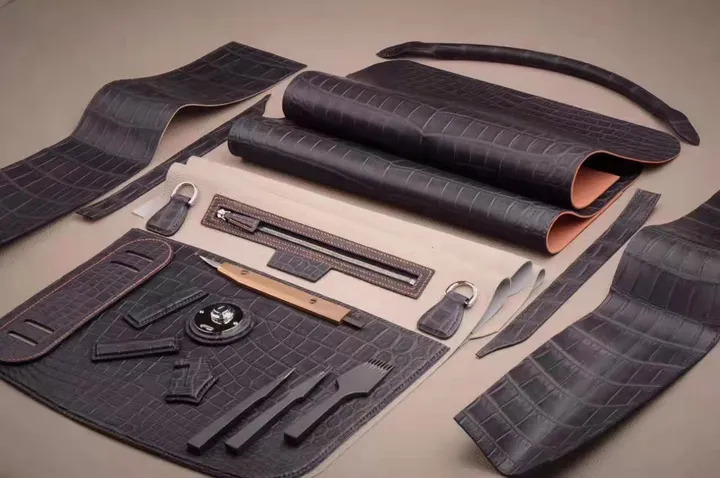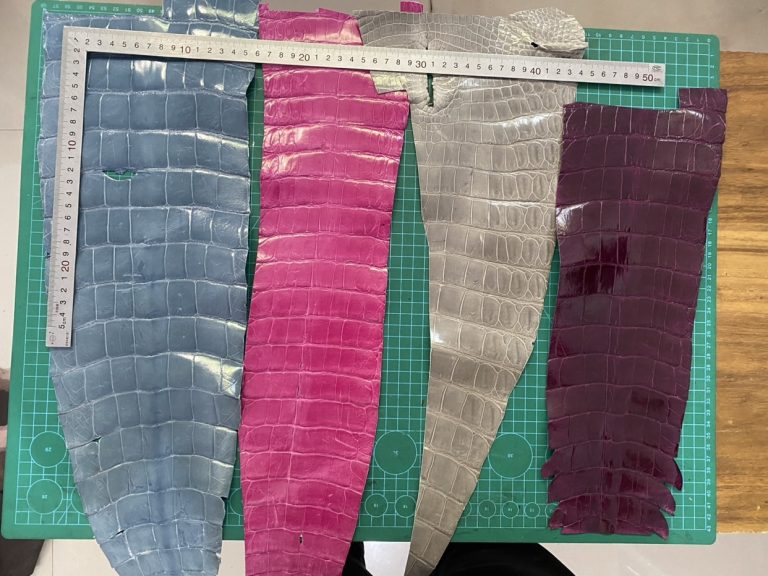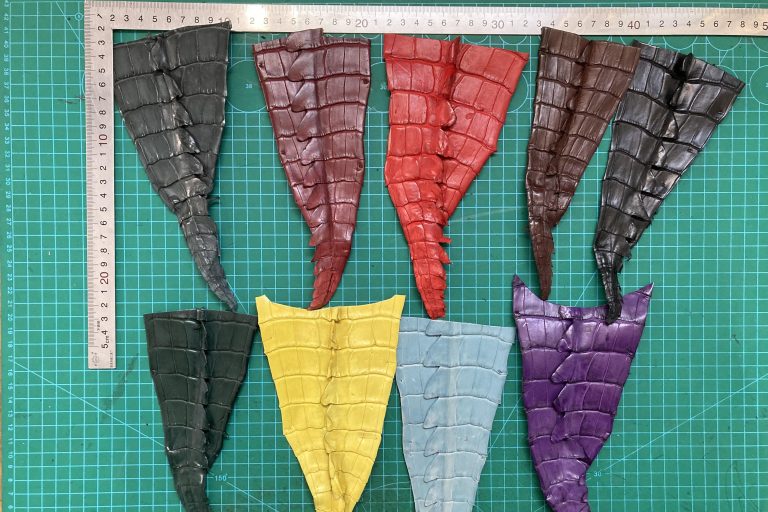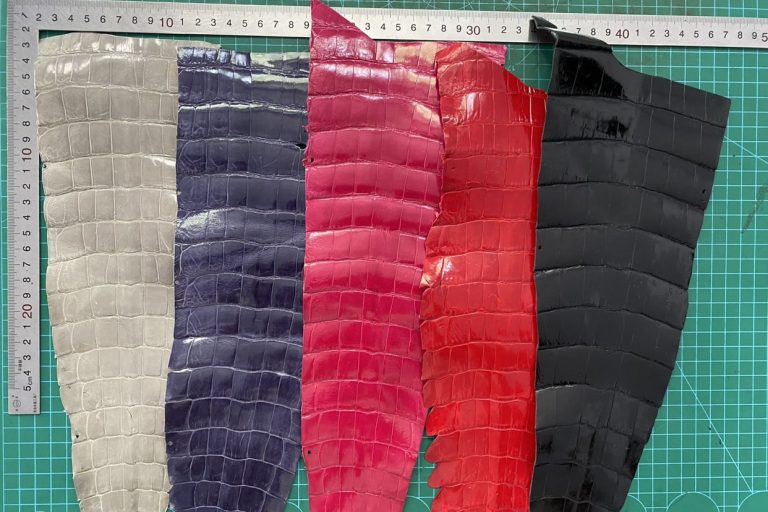- The leather lining of the bag body is attached to the inside of the bag opening for reinforcement. After gluing, precise cutting is required, so the paper size used here is slightly larger, 1.6mm.
- Determine the installation position of the handle and latch on the front piece and the handle and buckle on the back piece of the bag body (front piece and back piece), and then roughen the parts to be bonded. The one on top in the picture is the back piece of leather, 3mm.
- The interlayer is a thin pocket with a zipper installed on it, 1.2mm.
- The edge skin on the left and right sides of the side panel is 1.7mm.
- The edge of the bottom of the film is 1.8mm.
- The outer layer of the handle wraps the core-spun rope into a rope shape, and the parts about 5cm long at both ends are sewn to the body of the bag, 2mm apart.
- The core-spun rope used here is 10mm in diameter, which is about the same length as the handle.
- Zippers can be purchased in general material stores and should be as long as the interlayer.
- The outer leather of the buckle strap (inner layer and outer layer) is cut to the correct size. The inner crocodile leather is about one circle larger than the outer layer (about 2cm). The outer leather is 2.3mm and the inner leather is 2mm.
- The crocodile leather on the back of the lock is installed on the bag body, 1mm.
- A small piece of crocodile leather to help the handle pull the buckle strap, 2.5mm.
- The metal fittings of the buckle are fastened by the latch.
- The inner layer of the handle is only used on the front end of the handle, 50mmx85mm, and the short side should be thinned diagonally to 0.8mm.
There are many types of locks, and the body paper shape and size provided for making crocodile leather bags are determined by the lock used. If the lock selected is different, corresponding adjustments must be made.







